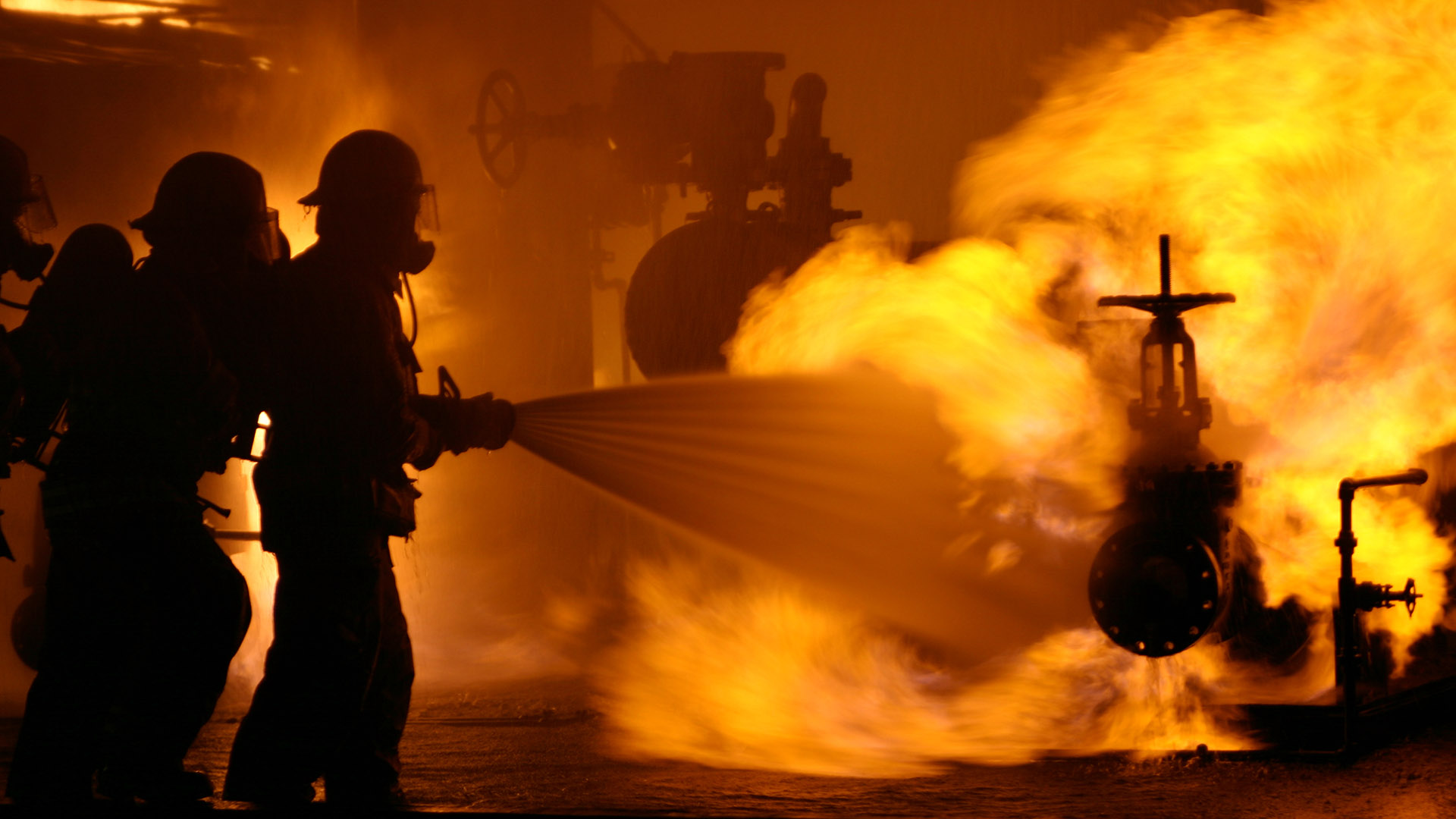Health & Safety Risk Assessment: As Important as Fire Risk Assessment?

The horrific Grenfell Tower incident in 2017 ushered in a new, intense focus on fire safety.
This is absolutely essential, but it has inadvertently resulted in some property managers overlooking the rest of their health and safety duties on site. Assessment of fire safety shouldn’t detract from the importance of conducting regular General Health & Safety Risk Assessment and inspections.
For instance, when a guest at the White Hart Hotel in Upton-upon-Severn tragically fell to their death from an open window in 2015, subsequent investigations discovered that low-cost alterations to the window height could have prevented their death.
Overlooking risks with low probability but high severity can lead to dire consequences. So, today, we’ll reveal why general health and safety and fire risk assessment checks, are so important.
The fire safety law
Fire safety should never be ignored, but the same goes for general health and safety. It’s why The Health and Safety at Work Act 1974 exists, but the The Corporate Manslaughter and Corporate Homicide Act 2007 is something of a landmark.
According to the law, companies and organisations can now be found guilty of corporate manslaughter if management failures result in serious breaches of a duty of care.
The important thing to keep in mind is that this applies to not only fire safety, but health and safety breaches in general. What’s more, the maximum sentence for those found guilty is life imprisonment.
The benefits of internal and external safety checks
It might feel like yet another thing to add to your to-do list, but there are many benefits to conducting a general health and safety assessment.
More importantly, if you have one that is conducted both internally and externally, the cover you receive is very wide ranging.
The type of hazards and risks that will be investigated and identified include:
- trip, slip, and fall hazards;
- obstructed escape routes;
- breaches of security;
- risk of falling objects;
- electrical hazards;
- discharged, damaged, and out of service fire extinguishers;
- missing or damaged fire exit signage; and
- common lighting failures.
The above list isn’t exhaustive – there’s an awful lot more included within a comprehensive general health and safety risk assessment. Any identified risks will also be published clearly in a report and classified based on their severity.
For instance, at RM Risk Management, we detail these risks via a traffic light rating system. We steer clear of jargon, too, and describe risk levels on a sliding scale from “trivial” to “intolerable”. It’s therefore ultra-simple to identify what you need to do first.
These assessments look beyond the most common risks, too. They’ll also identify potential problems with Asbestos and any Legionella risk. Combining property risk assessments like this is a smart move.
There really is no better place to start when managing health and safety risk on site.
Keeping on top your general health and safety risk assessment
You’ll need to appoint a ‘competent person’ to help you meet your health and safety duties.
But is it really feasible to have someone like this in house? After all, that person will need to be competent and experienced enough to conduct risk assessments and ensure you remain compliant long into the future.
Most businesses don’t have someone like this in house, which is entirely understandable. The level of experience and training required to undertake this vital role and to become ‘competent’ typically leads companies to outsourced services from consultancies like ours. It’s nearly always the best way to go.
We hope you’ve found this information insightful. To reiterate – fire safety is absolutely vital, but it should never overshadow the importance of general health and safety assessments. So, if you want to raise your game in this area, just reach out to the team at RM.